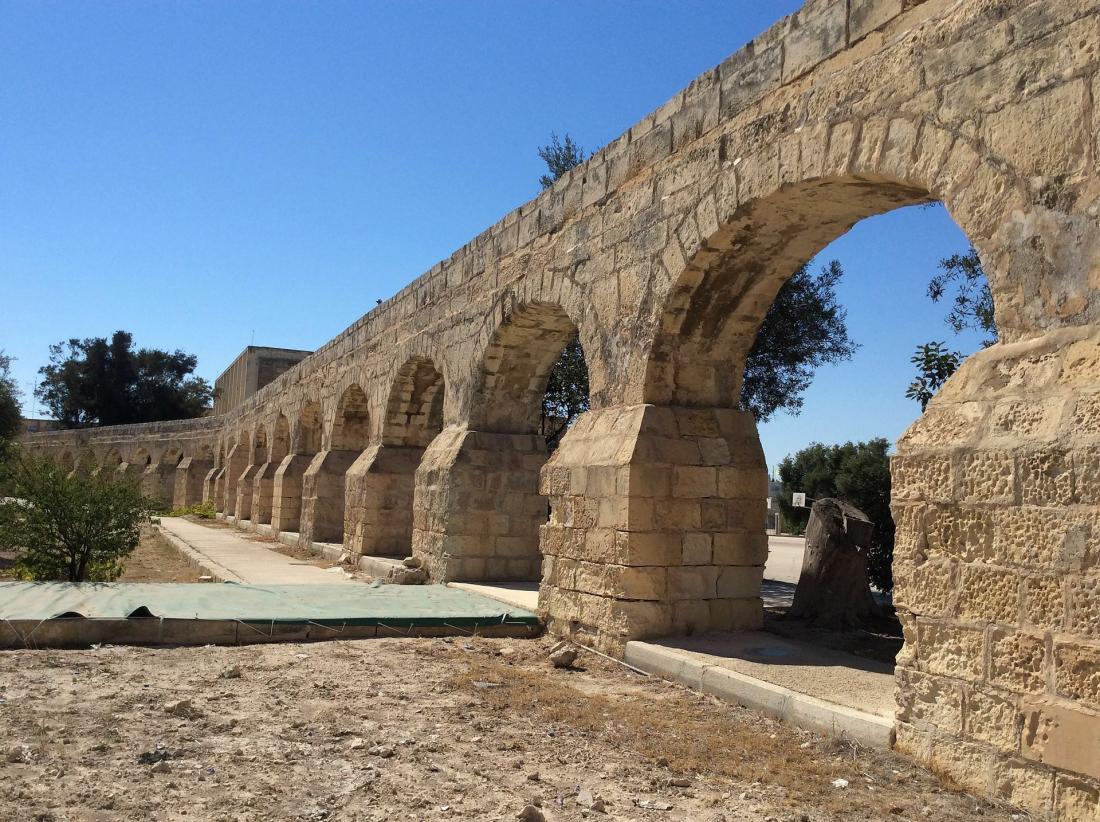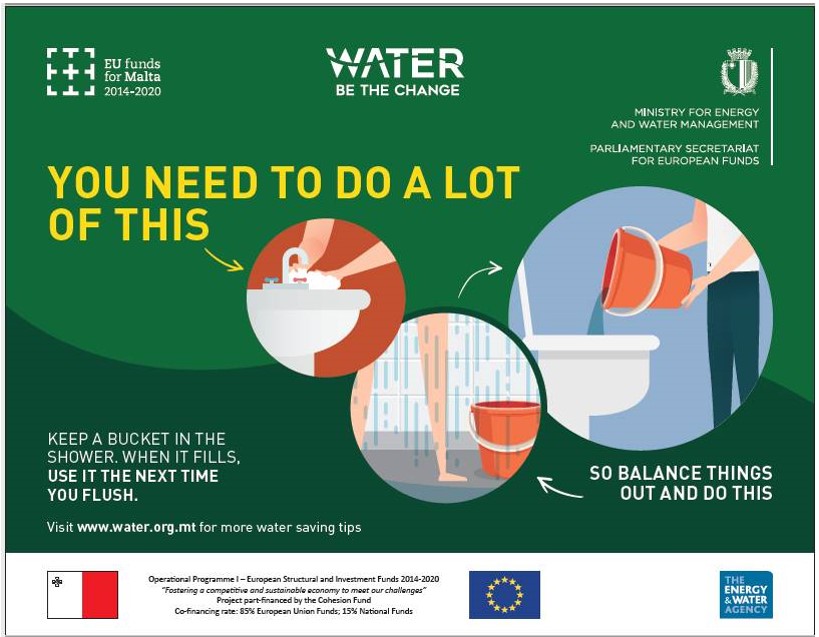NAWAMED: stakeholders share know-how to improve the grey water reuse in Malta

What are the barriers that limit the adoption of technologies in using non-conventional water resources (NCWRs), and what are the state of the art and the news regarding the management of water demand?
These are the issues addressed in the two national working groups organized in Malta, within the framework of the NAWAMED project.
The organization of these meetings started during the first half of 2021 thanks to the commitment of the Energy and Water Agency. The main objective of these events, which involved numerous stakeholders at national level, is to reach a "holistic" and common perspective about water reuse, a perspective that will then lead to the drafting of a policy recommendations document addressed to Maltese institutions.
Subsequently, a broader working table, aimed at the realities of the entire Mediterranean basin, will discuss the results that emerged from the national stakeholder meetings organized by the partners of the NAWAMED project, in order to develop a policy document that promotes and identifies the potential for the reuse of grey waters throughout the Mediterranean area and neighboring regions.
The first National Water Table in Malta therefore did focus on the obstacles that make diffusion of technologies for the enhancement of unconventional water resources more difficult, and at the same time on what kind the policies for managing water demand on a decentralized scale could be.
The meeting began with an introductory presentation, which was followed by a specific study on Malta. The data showed that public awareness of the benefits of adopting gray water reuse tools within households is still rather limited. However, it was also found that some practices, such as rainwater harvesting, are more common, as most local households typically have their own collection tanks.
The national awareness campaign “Water - Be the Change” has been launched in 2019 to address this problem of acceptance and adoption by the public. The campaign promotes different water management techniques so that they can be adopted within each family, in order to reduce their water footprint. The campaign features a series of infographics that suggest how to reuse water without expensive installation costs.

The second round was held on July 14, 2021. The event focused on current and emerging technologies in the sectors of water demand management and NCWRs.
Starting from the overall scenario, an overview of the experiences currently carried out within the NAWAMED project consortium -and elsewhere- was provided.
Regarding what is happening in Malta, it has been discussed that the reuse of gray water within Maltese families is still in its infancy (around 9%). Also, when gray water is reused, it is typically for outdoor use, such as for irrigation of gardens, courtyards, etc. The reason for this low recourse to greywater reuse comes from the lack of available technology that is ready for the market and can be easily purchased.
The second table was also attended by representatives of two other projects dedicated to non-conventional water resources, the ALTERAQUA project and the MicroWaTS project.
The ALTER AQUA Project, a multi-stakeholder partnership (Global Water Partnership-Mediterranean, local and national authorities, private sector) - focuses on NCWRs in the Mediterranean. This project aims to develop demonstration sites using NCWR applications, and also includes educational, awareness-raising and capacity-building and training activities. It is a project that can count on a total budget of over 7 million dollars, mainly financed by the Coca-Cola foundation and co-financed by national and local authorities.
The Micro WaTS Project, on the other hand, is a relatively new project, funded under the INTERREG Italy-Malta program. This project focuses on the development of a gray water treatment system using photocatalysis.
At the conclusion of the meeting, it was agreed that, to facilitate the adoption of current and emerging technologies, a policy change should be undertaken at the planning stage in order to allow and regulate the use of non-conventional water resources and the management of water demand within households. These initiatives should be complemented by forming a code of practice which complements the design guidelines it has been accustomed to seeing for buildings.
Over the next few weeks and months, the Energy and Water Agency, as steering partner of these stakeholder events, will collect the results of the meetings and start drafting the first two interim reports highlighting the main challenges and best practices identified.







